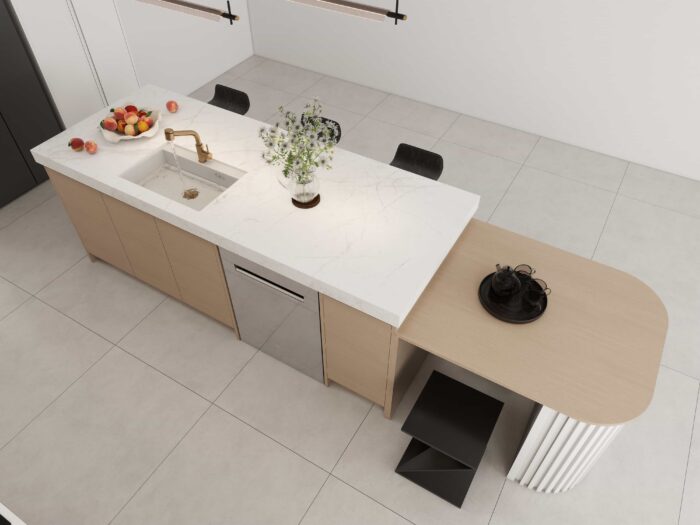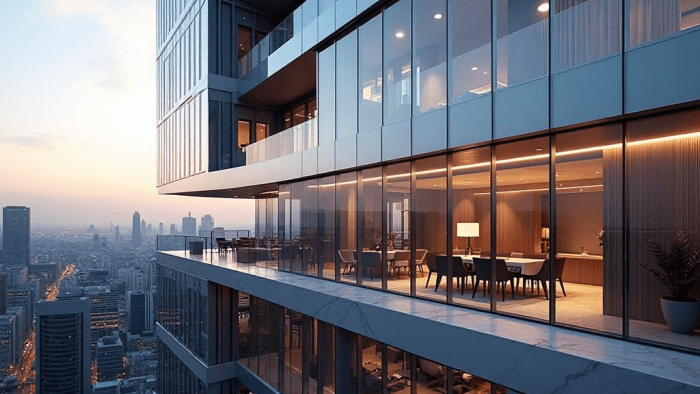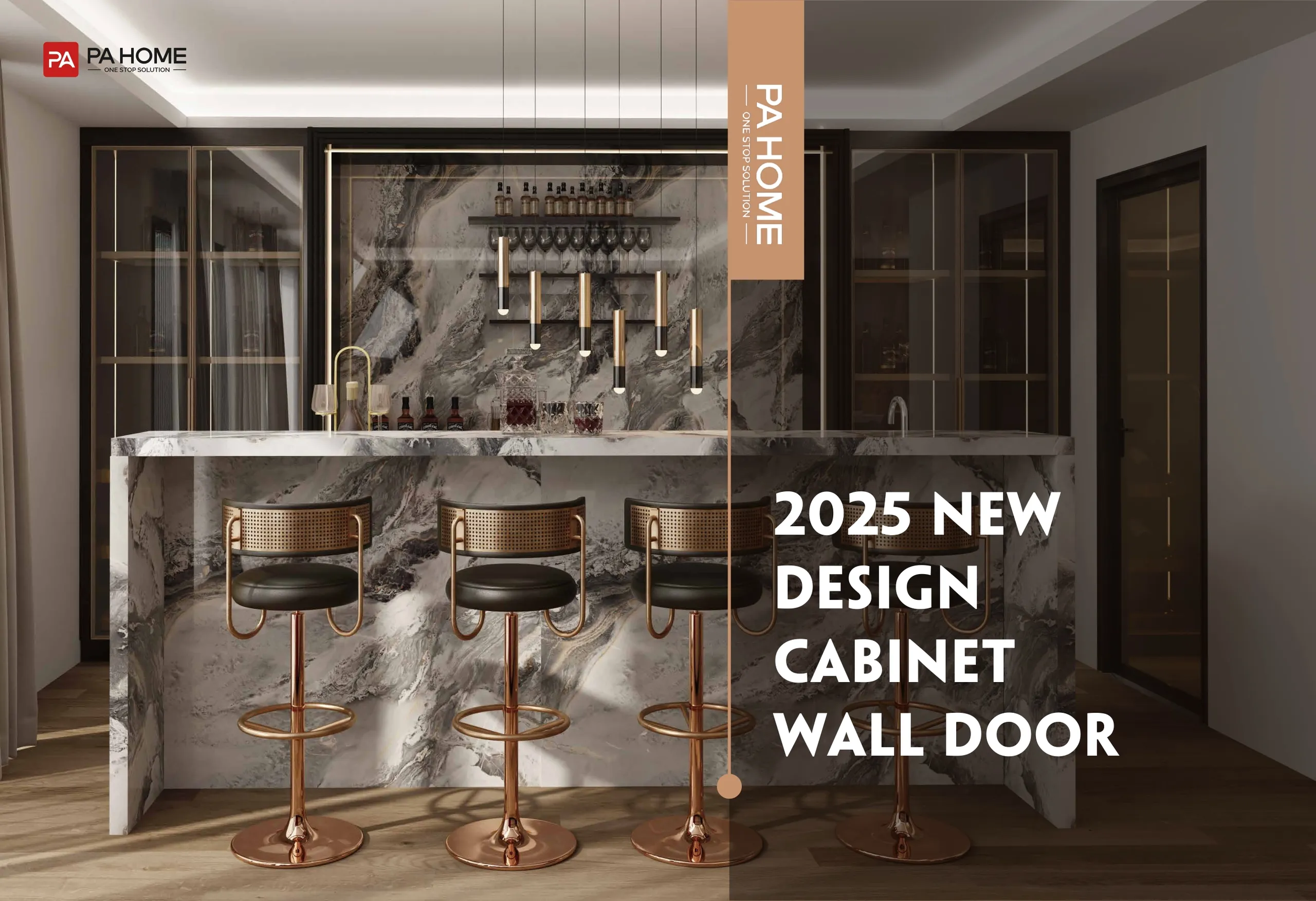1. What Makes Wall Panels So Popular in Modern Design?
Wall panels have evolved from old-fashioned cladding to a defining feature of modern interiors. Homeowners now seek materials that balance aesthetic appeal, durability, and easy maintenance. Among the most popular choices are wooden wall panels and PVC wall panels — both offering distinct advantages depending on where and how they’re used.
Before you invest, it’s worth understanding how these two materials compare in performance, cost, and long-term value.
2. What Are Wooden Wall Panels?
Wooden wall panels are decorative coverings made from solid wood, engineered wood, or veneer over MDF or plywood. They add warmth, texture, and depth to a room — ideal for accent walls or full coverage in living rooms and bedrooms.
Wood naturally absorbs sound, regulates temperature, and brings an organic charm unmatched by synthetic materials. High-end panels often come prefinished or laminated for moisture resistance, making them suitable even for humid environments when properly treated.
Common uses:
Living rooms, offices, bedrooms, hotel lobbies, and luxury villas.
Popular styles:
Shiplap, fluted panels, slat wall designs, and 3D wood veneer panels.
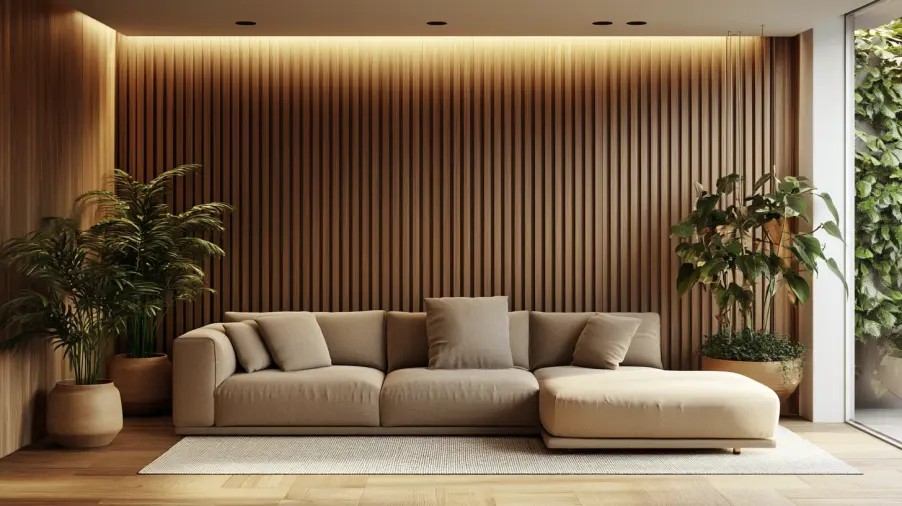
3. What Are PVC Wall Panels?
PVC (polyvinyl chloride) wall panels are made from lightweight plastic sheets, designed to imitate natural materials like wood or marble. Their biggest advantage is water resistance — making them a practical option for bathrooms, kitchens, and laundry areas.
They are also affordable and easy to install, which explains their popularity among budget-conscious renovators and contractors. However, PVC lacks the natural warmth and texture of real wood, and its synthetic appearance may not suit every design style.
Common uses:
Bathrooms, kitchens, basements, utility rooms.
Popular styles:
Glossy white panels, marble-look PVC sheets, and printed wood-grain finishes.
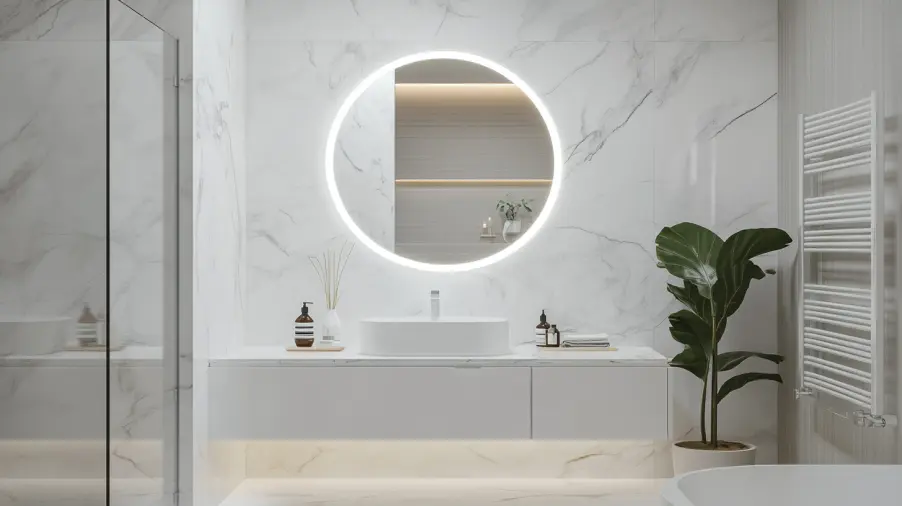
4. Wooden vs PVC Wall Panels: A Complete Comparison
| Feature | Wooden Wall Panels | PVC Wall Panels |
|---|---|---|
| Appearance & Design | Natural wood texture adds warmth and style; available in various finishes. | Artificial look; printed or glossy surfaces with limited depth. |
| Durability | Long-lasting and sturdy with proper care. | Moisture- and termite-resistant but may dent or fade over time. |
| Water Resistance | Needs coating to resist moisture; engineered wood performs best. | Fully waterproof; ideal for bathrooms and wet areas. |
| Maintenance | Needs occasional polishing or sealing. | Very low maintenance; easy to clean. |
| Installation | Requires flat walls and professional fitting. | Lightweight and easy to install with glue or clips. |
| Eco-Friendliness | Renewable and natural; available in FSC-certified options. | Plastic-based, not biodegradable, may emit VOCs. |
| Cost | Medium to high depending on material and finish. | Budget-friendly and widely available. |
| Lifespan | 20–30 years with good maintenance. | 5–10 years before fading or warping. |
| Best For | Living rooms, offices, hotels, luxury interiors. | Bathrooms, kitchens, rental units, temporary spaces. |
5. Which Looks Better: Wooden or PVC Panels?
Visually, wooden wall panels deliver a richness and tactile beauty that PVC cannot fully replicate. The natural grain patterns and warm tones of oak, walnut, or teak create a sophisticated ambiance — perfect for high-end spaces.
PVC panels, though improving in print quality, often lack depth and tend to reflect light unnaturally. If aesthetics and long-term style are your priorities, wood panels are the better choice.
6. Which Performs Better in Humid Areas?
PVC panels clearly win in bathrooms and kitchens because they are 100% waterproof. Wooden panels can still perform well if made from engineered wood or veneered MDF with protective coatings, but they require proper sealing and ventilation.
In tropical or coastal climates, mixing both materials works best — using PVC in high-humidity zones and wood in dry or decorative spaces.
7. Which Material Is More Eco-Friendly?
Sustainability matters more than ever.
Wooden panels come from renewable sources and can be FSC or PEFC certified. High-quality options from brands like PA Home use E0-grade low-formaldehyde boards, making them safer and greener.
PVC panels, while recyclable in theory, are made from petrochemical plastics, often non-biodegradable and may emit VOCs over time.
So, if your goal is an eco-conscious interior, wood is the clear winner.
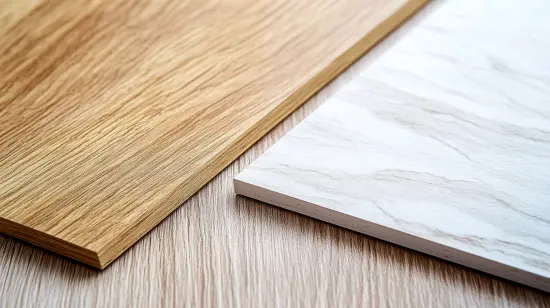
9. Cost Comparison: Wooden vs PVC Panels
While PVC wall panels are cheaper upfront, their lifespan is shorter. Wooden panels may cost 30–60% more, but they can last three times longer and even increase property value.
For homeowners seeking a long-term investment, wood panels deliver higher value and better design return on cost.
10. Which Is Better for Modern Interiors?
The answer depends on where you use it:
For luxury homes, offices, or living spaces: Choose wooden wall panels for their timeless look, acoustic comfort, and sustainability.
For wet or budget-conscious spaces: Choose PVC wall panels for practicality and low maintenance.
For mixed environments: Combine both — wood for dry zones, PVC for high-moisture areas.
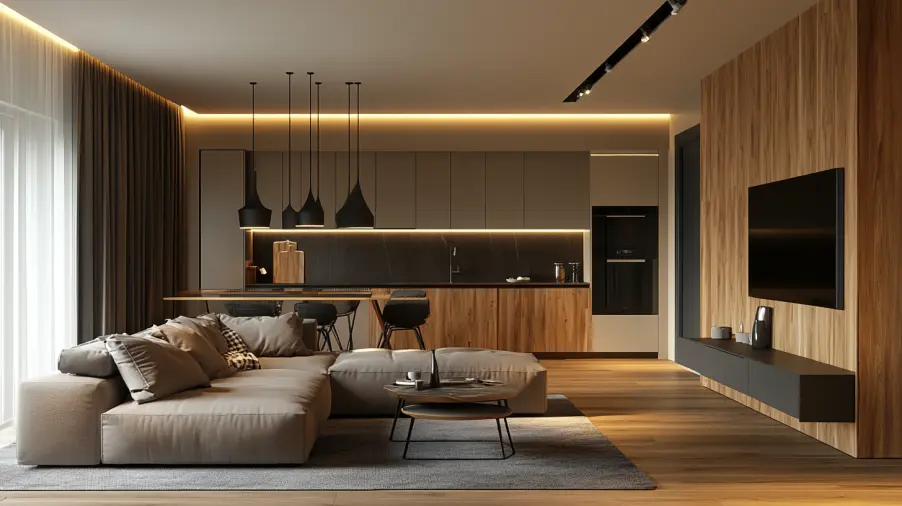
11. Why Designers Prefer Wooden Panels
Interior designers increasingly favor wood due to its texture, sound absorption, and design flexibility. With modern coatings and engineered panels, even humid countries like the UAE or Indonesia now use wooden cladding confidently.
Manufacturers such as PA Home offer customized whole house customization — combining eco-friendly E0 boards, waterproof finishes, and seamless installation for villas, hotels, and commercial interiors.
FAQs
Not completely. Solid wood requires sealing, but engineered or laminated wooden panels can handle humidity well with proper coating.
PVC wall panels are significantly cheaper initially, but wooden panels offer better long-term value and visual quality.
PVC is easier and faster to install, ideal for DIY. Wooden panels require precise fitting but deliver a higher-end finish.


